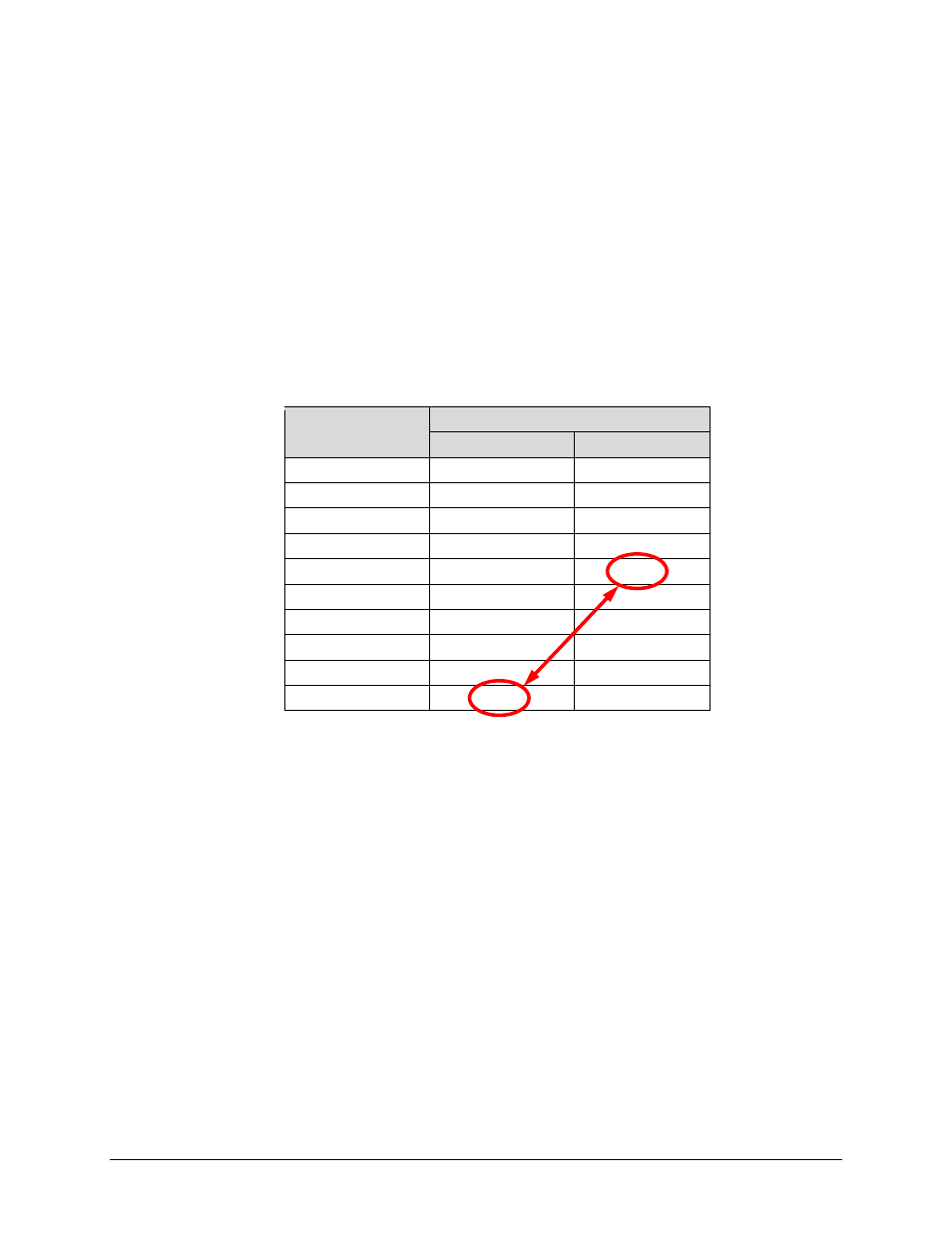Comtech EF Data SLM-5650A User Manual
Page 305

SLM5650A_CDM625 Satellite Modem
Revision 8
DoubleTalk
Carrier-in-Carrier Option
MN-SLM5650A
15–7
be kept in mind when troubleshooting a system that uses the CnC technique for signal
suppression.
One possible way to mitigate false peaks is to narrow the correlation window. For example, if the
delay is known to be around 240ms, set the minimum search delay to 230ms and the maximum
search delay to 250ms.
As all advances in modem technologies – including advanced modulation and FEC techniques –
approach their theoretical limits of power and bandwidth efficiencies, CnC allows satellite users
to achieve spectral efficiencies (bps/Hz) that cannot be achieved with modulation and FEC alone.
Table 15-1 illustrates how CnC, when used with 16-QAM, approaches the bandwidth efficiency
of 256-QAM (8bps/Hz).
Table 15-1. Spectral Efficiency using DoubleTalk Carrier-in-Carrier
Modulation
and Code Rate
Spectral Efficiency (bps/Hz)
Traditional SCPC
Carrier-in-Carrier
BPSK 1/2
0.50
1.00
QPSK 1/2
1.00
2.00
QPSK 2/3
1.33
2.67
QPSK 3/4
1.50
3.00
QPSK 7/8
1.75
3.50
8-QAM 2/3
2.00
4.00
8-QAM 3/4
2.25
4.50
8-QAM 7/8
2.63
5.25
16-QAM 3/4
3.00
6.00
16-QAM 7/8
3.50
7.00
As shown here, CnC allows equivalent spectral efficiency using a lower order modulation and/or
FEC Code Rate; CAPEX is therefore reduced by allowing the use of a smaller BUC/HPA and/or
antenna. And, as CnC can be used to save transponder bandwidth and/or transponder power, it
can be successfully deployed in bandwidth-limited as well as power-limited scenarios.
15.4.1 DoubleTalk Carrier-in-Carrier Cancellation Process
The signal processing technology employed via CnC continually estimates and tracks all
parametric differences between the local uplink signal and its image within the downlink.
Through advanced adaptive filtering and phase locked loop implementations, it dynamically
compensates for these differences by appropriately adjusting the delay, frequency, phase and
amplitude of the sampled uplink signal, resulting in optimal cancellation performance.
When a full duplex satellite connection is established between two sites, separate satellite
channels are allocated for each direction. If both directions transmitted on the same channel, each
side would normally find it impossible to extract the desired signal from the aggregate due to
interference originating from its local modulator. However, since this interference is produced
locally, it is possible to estimate and remove its influence prior to demodulation of the data
transmitted from the remote location.
